In honor of the 60th birthday of the transistor, here are some photos:
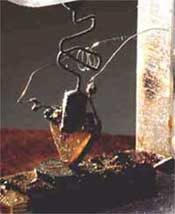
The First Transistor
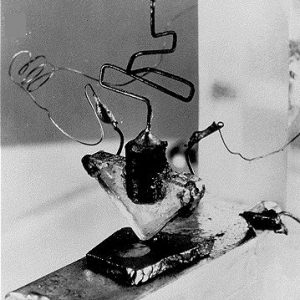
Replica of the First Transistor
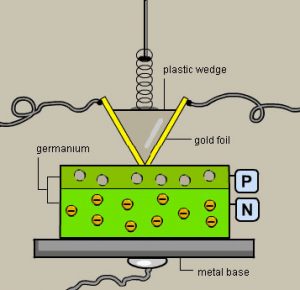
Diagram of the First Transistor
The transistor was developed in 1947 at Bell Labs by William Shockley, Walter Brattain, and John Bardeen. It was first demonstrated at Bell Labs on December 23, 1947. This transistor was made from germanium, not silicon like most transistors today. Germanium was used through the 50’s and into the 60’s before being completely replaced by silicon transistors. Those of you who are old like me will remember the first transistor radios in the 1950s. The transistor was the hot technology of the day. More and more products were “transistorized”. The term “solid-state” was not used in the early days.
Before long there was a competition over the number of transistors in the radio. Seven transistor radios, nine transistor radios–a big advertising deal was made over the number of transistors and the consumer was led to believe that more is better. Around the time I got into electronics, around 1959, 1960, I disassembled a 14 transistor radio and discovered that about half of the transistors were fake. (You don’t need 14 transistors to make a basic radio. Six to nine is adequate.) The extra transistors usually had their leads twisted together and soldered into a single hole. But if you open the radio and did a quick count of transistor cans, there were 14. So I learned a marketing lesson at an early age.
Throughout the 1950’s and into the 60’s, transistors were made and packaged one at a time, and then assembled into circuits that you could see without your eyeglasses. You could work on it with your hands and a soldering iron. Plenty of transistors are still used as individual devices today, especially in high-power or radio circuits, but in 1959 Jack Kilby at Texas Instruments patented the first integrated circuit, where more than one transistor was fabricated simultaneously on the same substrate, along with components like resistors and capacitors to form a complete circuit that performed a function. The photolithography techniques used to “print” these circuits soon made it just as easy to make a miniature 20 transistor circuit as it was to make a single transistor. This was the way to the future.
In 1971, Intel introduced the first microprocessor, a slow little 4-bit micro containing about 2,500 transistors. By 1975, Popular Electronics published the famous article that launched the personal computer revolution. It was an article on how to build a computer using Intel’s 8080 microprocessor. The 8080 contained about 4,000 transistors. By the 1990s, the microprocessor in your average personal computer contained about 500 million transistors. The latest multicore processors contain billions of transistors. The transistor has come a long way.
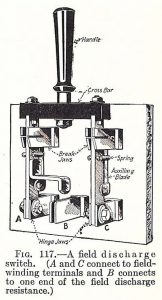
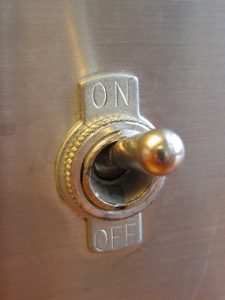



Recent Comments